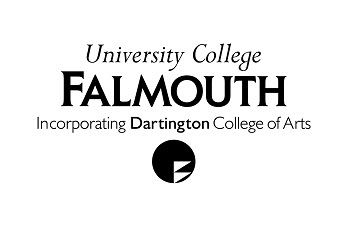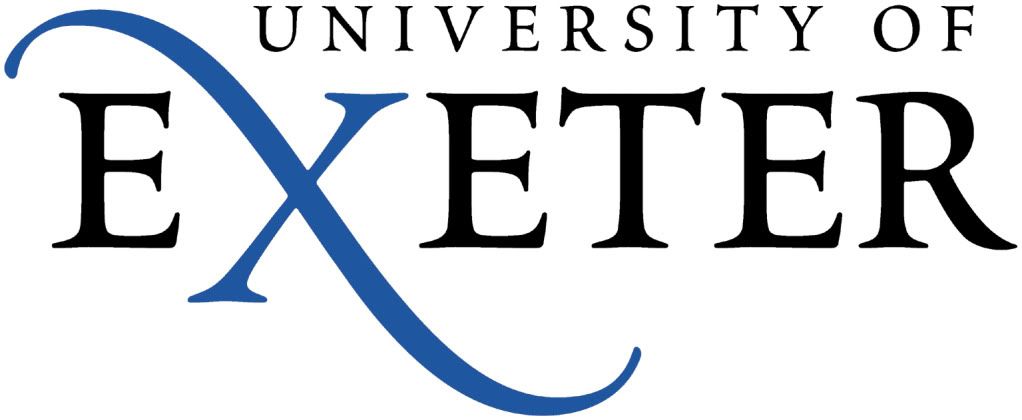On day three at the University of the Arts Berlin Archive I helped with a project to repackage teaching aids that would have been used in lessons at the School of Fine Arts in the 19th and early 20th centuries. These teaching aids were enlarged images from published books that the School would have bought and held up in classes to teach from - a predecessor to slides and PowerPoint presentations. We were working with aids that would have been used in Architecture lessons.
 |
Architecture teaching aid from the 19th C
© Mary Allen |
These had previously been kept by the library so each folder of teaching aids had to be checked off against a list made by the Librarian, cleaned, repackaged and recorded in a new list for the Archive. The date of each aid could be estimated using the School's stamp which was stamped on each folder and item.
 |
19th C School stamp
© Mary Allen |
This example is from the 19th century as (although it's hard to see here) the writing at the bottom of the stamp says 'Berlin'. The School moved to Charlottenburg in 1902, so those from after this date will also have 'Charlottenburg' on the stamp.
The teaching aids are evidence what students were being taught and how. There are many photographs of buildings in these files, including important examples of buildings and architecture in Germany which have since been destroyed either during the Second World War or at other times, so these are important evidence of the country's historical topography. Student work has been found among the teaching aids, some of whom went on to be famous artists like Karl Freidrich Schinkel, an architect and designer who designed the famous Altes Museum in Berlin.
 |
Example of student artwork used as a teaching aid, signed W Lange 1895
© Mary Allen |
In the afternoon, Dr Schenk showed me some more interesting articles that could be found in the archive, including the sculptures and original photographs of Karl Blossfeldt (see earlier post
Berlin: Day 1):
 |
Sculptures of Karl Blossfeldt
© Mary Allen |
And he demonstrated the efficiency of the filing systems of German offices in the 19th and early 20th Century. Anyone who worked in an office at this time kept a Journal of every single letter sent and received. Each letter would be filed in an Akta (file) as and when they were received or written (for those written this would be the third carbon copy - the first being sent and the second being filed in its appropriate subject folder). There would also be an index which lists each person they had corresponded with and gives the page numbers of their entries in the Journal. The Journal, in turn, tells you where to find the letter in the Akten. Phew! This system worked very well in the 19th century, but began to lack efficiency in the 20th and would obviously not be very practical nowadays, what with all the emails that whizz about, but it certainly must make the Archivist's job very easy when cataloguing 19th century correspondence!
 |
Left to right: a Journal, index and Akta
© Mary Allen |







Hi Mary,
ReplyDeleteThanks for these posts from Berlin, I'm really enjoying reading them! What a great opportunity!
This may be a really stupid question but are you fluent in German? was that a prerequisite of the Erasmus placement?
Hi Kathryn,
DeleteI'm so glad you're enjoying the posts! My knowledge of German is minimal so no, it wasn't a prerequisite of the placement. I would say it's useful to have a grasp of the language so that you can read the records and documents for yourself but they were totally prepared for the fact that I don't speak the language. I learnt a lot about the Archive and German archives in general from the Archivists there who spoke very good English. It was a fantastic experience, well worth it to see how things are done elsewhere. I would definitely recommend it if you get the chance!